Gamifying Waste
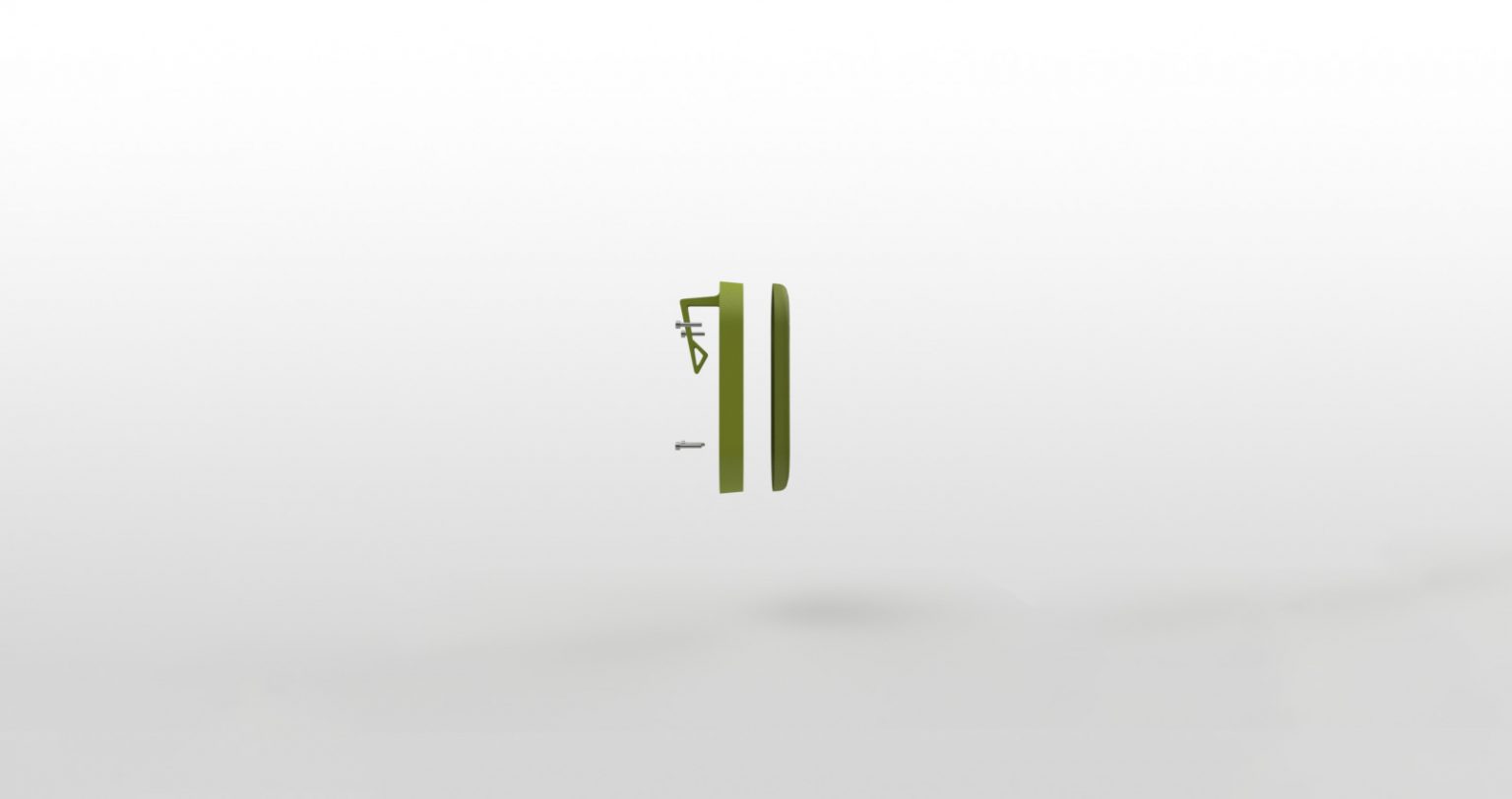
The Problem
A lot of events take
place on and around the University of Twente (UT) campus year-round. These
multi-day events, such as the student Kick-In, create a lot of waste that has
to be collected and thrown away. In order to reach the University’s goals of
Shaping 2030 and of a circular campus by 2050, efforts need to be made to
improve sustainability and reduce waste during these events.
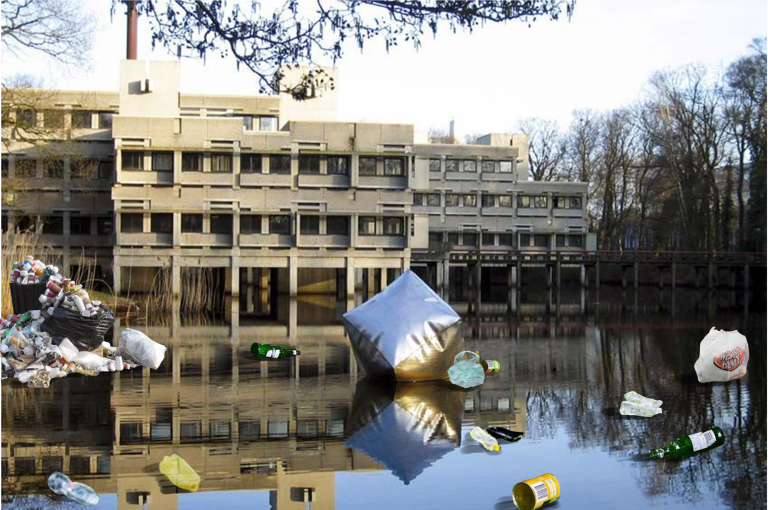
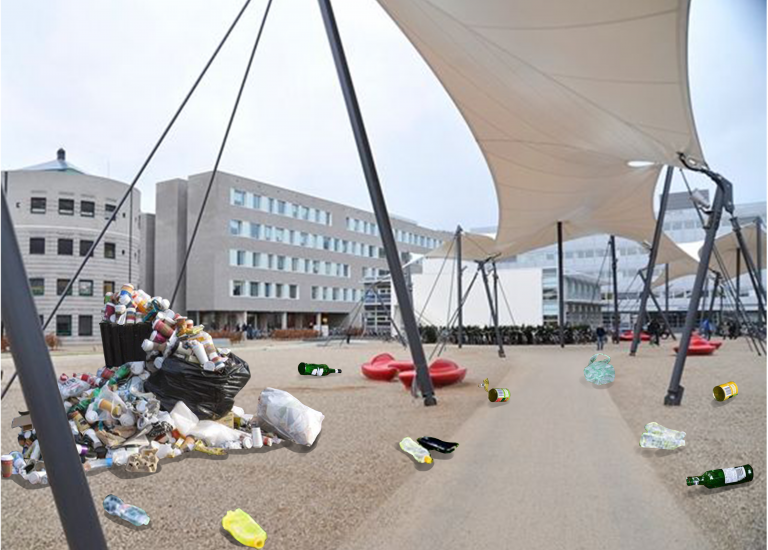

Roadmap
The goal of the assignment is to answer the question:
How can the Kick-In of the University of Twente be made more sustainable to align with the UT’s sustainability goals?
Concerning events taking place on campus, after interviews waste collection was identified as the biggest sustainability concern. Therefore, the initial research focuses on reducing or disposing of waste during outdoor events.

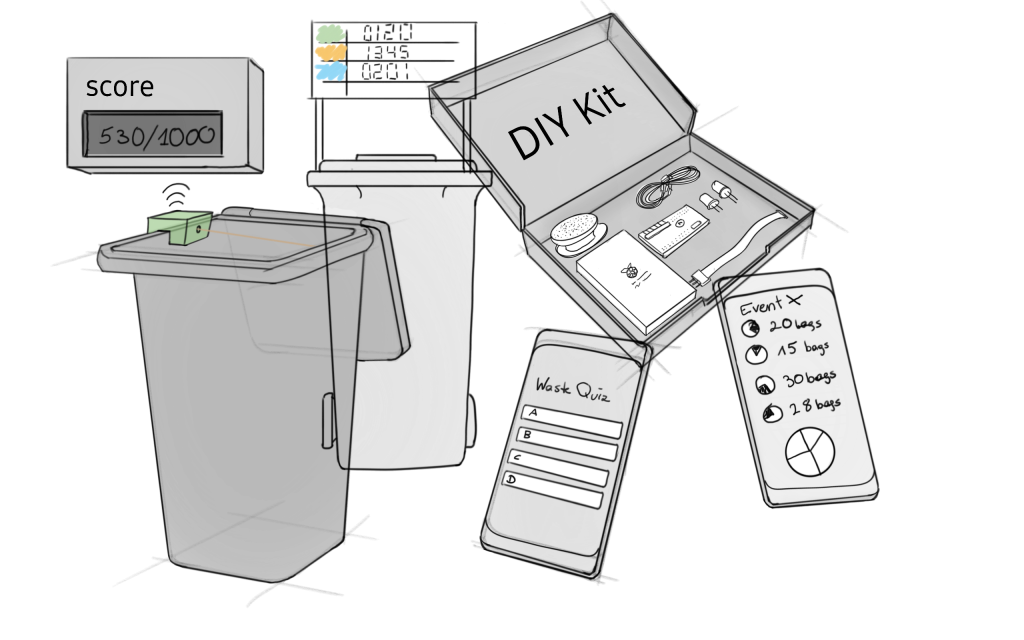
Ideation
The first round of ideation focuses on different aspects of gamification that can be implemented, such as scoring, point collection, visual and audio feedback or a reward system. These aspects are further fleshed out in multiple ideation rounds and matched to the list of requirements.
The Design
Since the solution aims to improve the event while also promoting a positive change in people’s behaviour, it should be fun and integrate seamlessly with the event as well to not feel like a chore for attendees. Gamification was the chosen approach as it is successful in changing people’s behaviour subtly by introducing game-like mechanics to the completion of a task as encouragement.

The final design is a motion detector that is able to recognize whenever an item is thrown into the trash can and returns immediate audio and visual feedback to the user. This tracking device can be attached to the waste bins around campus to encourage users to change their littering behaviour.
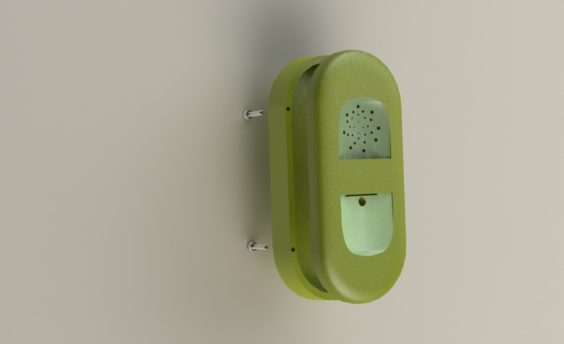


Prototyping
A prototype of the design was printed and tested to make sure the design is viable. This also showed potential room for improvement in future iterations, such as choosing a faster sensor and optimising the shell design.
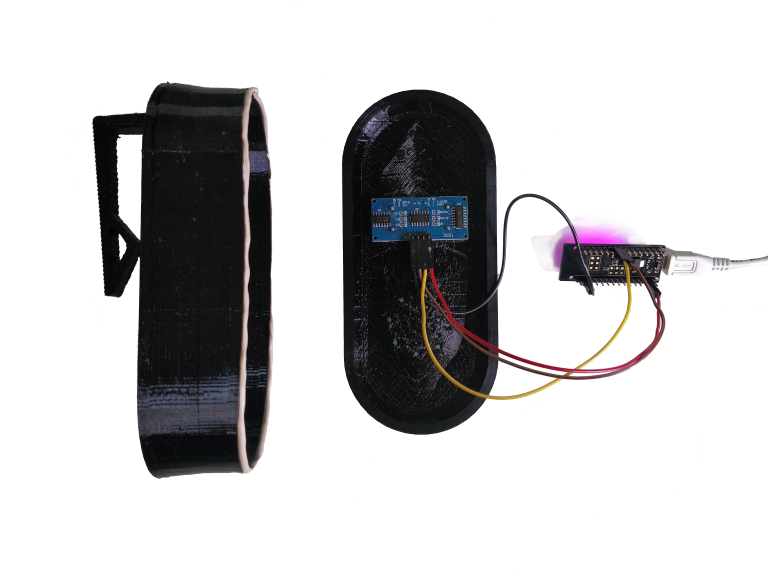
Sustainability Evaluation
If the product works as intended, it should achieve the goal of ‘preventing waste’ by increasing the number of users throwing their waste into the provided waste bins. Overall, this contributes to the goal of a waste-free campus by 2030.
IMPACT
A product impact assessment found that using batteries should be reconsidered as they accumulate a lot of waste over the product life cycle. Additionally, a recyclable material could be prioritised over biodegradability, with emphasis on material reduction through future design iterations.
Component Impact Assessment
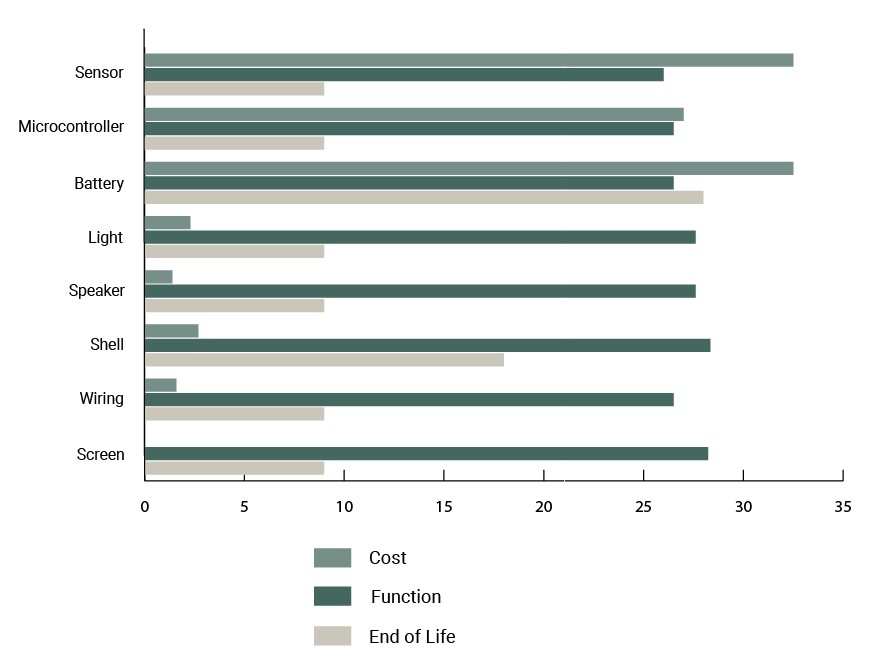
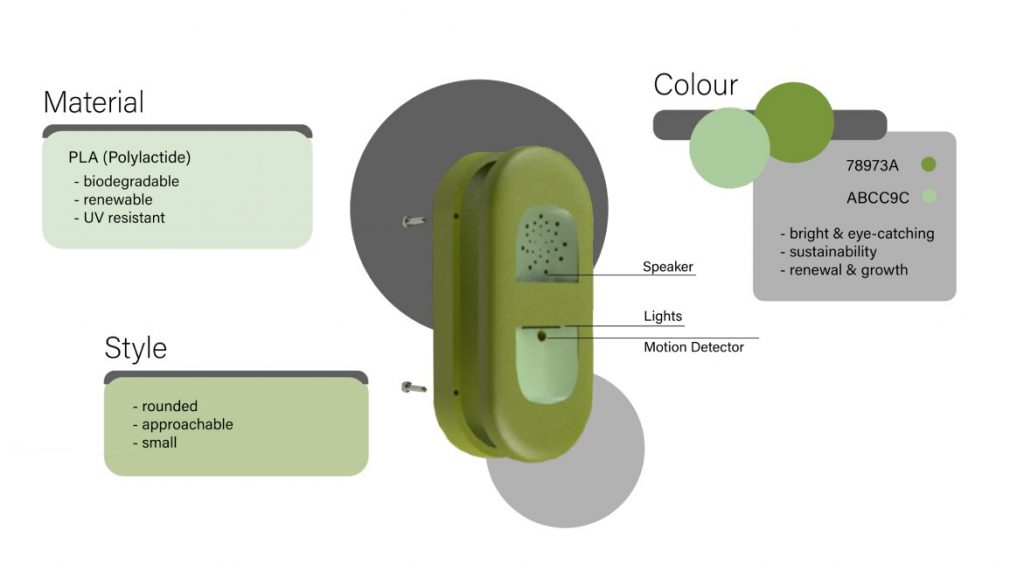
Colour
Material
& Style
The final design is made from a biodegradable polymer that is suitable for outdoor use. The green, rounded design aims to look fun and approachable to users, as well as being clear about the sustainability aspect of the device.